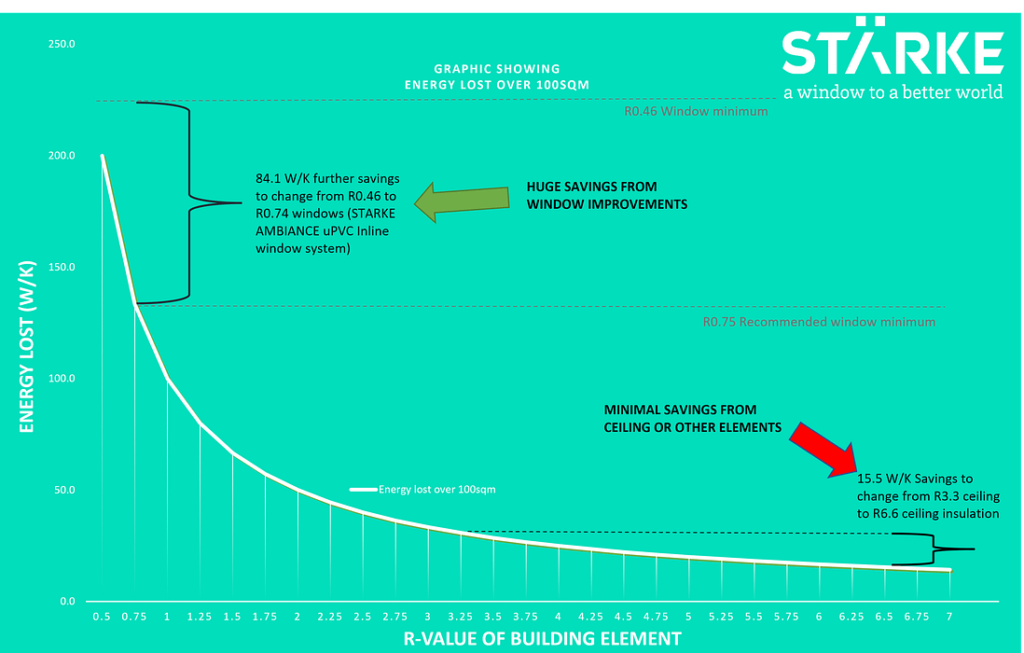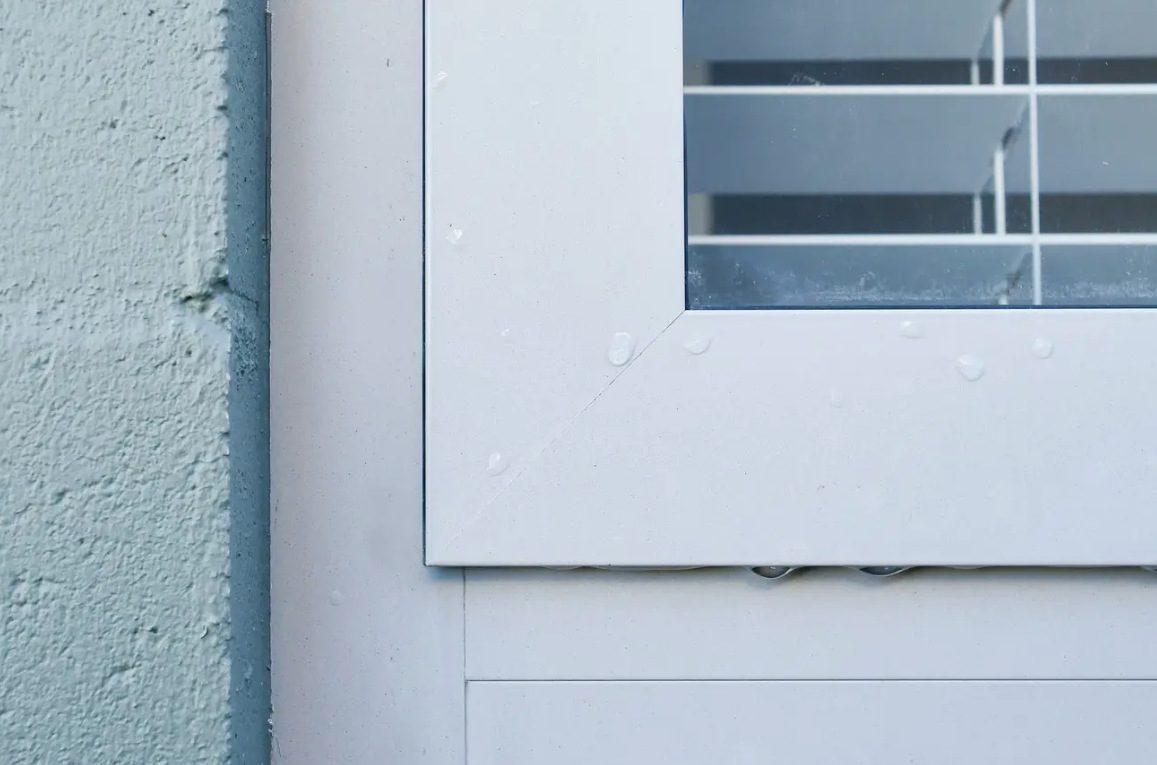Podcast: Play in new window | Download | Embed

Stärke has been in the window industry in New Zealand since the 80s. They were at the forefront of supplying aluminium frames to the building industry but have recently made some big changes. With a focus on building performance, Benjy Simmons describes the new direction of Stärke as a ‘once-in-fifty-year’ change. While the company has a long legacy, they’ve experienced rapid change over the last few years.
In 2020, Benjy started to learn more about the thermal performance of buildings and in particular, the role of thermal breaks in windows. It was good, timing. The industry was starting to discuss how newly announced changes to the energy efficiency requirement of the New Zealand Building Code (Clause H1) were to be implemented.
Benjy explains how the New Zealand window industry got stuck in the 70s. Windows are an assembly of framing material, glass and hardware. Since the 70s in New Zealand, the most common framing material has been aluminium. It’s lightweight, relatively easy to work with but also incredibly conductive.
Aluminium is extruded into long ‘sticks’ with a specific shape or profile. This profile is carefully designed to hold an insulated glass unit (IGU) and connect to a wall, often with additional hardware such as handles and hinges if it’s a door or an openable window. The companies that make these extrusions are the ones who do the research, development and marketing, and New Zealand only has a few of these die holders.
Windows are then made by fabricators around the country with extruded sticks of aluminium from a particular supplier. New Zealand has about 600 small fabrication shops that buy the glass, hinges and handles, and supply completed windows to builders.
More recently, Starke has started to make changes. Benjy credits some of this to him being from outside the industry. He’s come in with a different perspective. “We’re beginning to see ourselves as a building performance company not just a window and door company”, says Benjy.
Since recording this conversation, the changes to H1 Energy Efficiency have been officially fully implemented, but as Benjy explains, much of the industry is still stuck in ‘Schedule Method thinking’. This means they’re essentially using a checklist to specify the minimum requirements for a particular climate zone.
Designers should be looking at the whole picture. A calculation is better than a schedule, and an energy model is even better than a calculation. Designers should start understanding and measuring performance in kWh/m2, which they’re not required to do when using the Schedule Method.
NZGBC has a free H1 calculator which is a great tool. Homestar Designers also get access to the increasingly popular Energy and Carbon Calculator for Homes (ECCHO) online energy modelling software.
During Benjy’s research into improving the performance of buildings, he learnt about the diminishing returns of adding extra insulation. After R 3.3 in the roof, doubling to R 6.6 does not half the heat loss.
However much can be gained from relatively small improvements at the other end of this exponential curve. Window and doors tend to be big holes in the thermal envelope of a building. Focussing on reducing losses in these holes provides a good return on investment.

Stärke’s decision to focus on uPVC was led by performance and has only been confirmed by customer reaction. Most New Zealanders have not experienced windows and doors that close securely and solidly.
There are options for retrofitting too. uPVC frames are an excellent choice to replace old, white timber frames. Benjy says that from the street, retrofitted uPVC frames look almost identical to timber, but from the inside, the difference could be more…well, Stärke!
Check out the full range of Stärke products along with their education pages and other resources.
